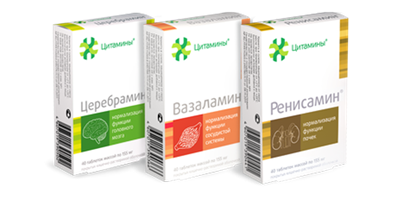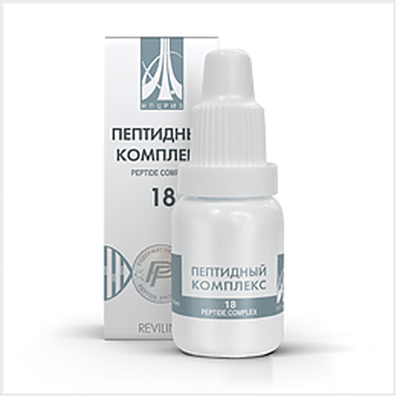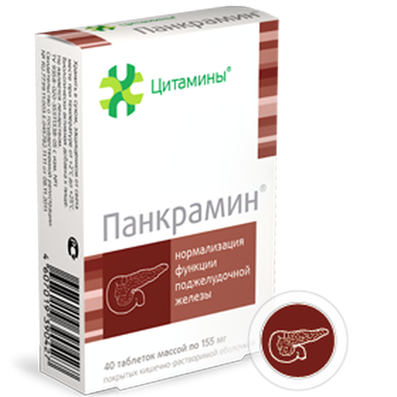Instruction for use: Flormidal
I want this, give me price
Dosage form: coated tablets
Active substance: Midazolam*
ATX
N05CD08 Midazolam
Pharmacological group:
Sleeping Pills
The nosological classification (ICD-10)
Z100.0 * Anesthesiology and premedication: Abdominal surgery; Adenomectomy; Amputation; Angioplasty of the coronary arteries; Carotid artery angioplasty; Antiseptic treatment of skin in wounds; Antiseptic treatment of hands; Appendectomy; Atheroctomy; Balloon coronary angioplasty; Vaginal hysterectomy; Venous bypass; Interventions on the vagina and cervix; Interventions on the bladder; Interference in the oral cavity; Reconstructive-reconstructive operations; Hand hygiene of medical personnel; Gynecological Surgery; Gynecological interventions; Gynecological operations; Hypovolemic shock during surgery; Disinfection of purulent wounds; Disinfection of the edges of wounds; Diagnostic Interventions; Diagnostic procedures; Diathermocoagulation of the cervix; Long-term surgeries; Replacement of fistulous catheters; Infection in orthopedic surgical interventions; Artificial heart valve; Kistectomy; Short-term outpatient surgery; Short-term operations; Short-term surgical procedures; Cryotyreotomy; Blood loss during surgical interventions; Bleeding during surgery and in the postoperative period; Kuldotsentez; Laser coagulation; Laserocoagulation; Laser retinopathy of the retina; Laparoscopy; Laparoscopy in gynecology; Likvornaya fistula; Small gynecological operations; Small surgical interventions; Mastectomy and subsequent plastic surgery; Mediastinotomy; Microsurgical operations on the ear; Mukinging operations; Suturing; Minor surgery; Neurosurgical operation; Eclipse of the eyeball in ophthalmic surgery Orchiectomy; Pancreatectomy; Pericardectomy; The rehabilitation period after surgical operations; Reconvalence after surgical intervention; Percutaneous transluminal coronary angioplasty; Pleural Thoracocentesis; Pneumonia postoperative and post traumatic; Preparing for surgical procedures; Preparing for a surgical operation; Preparation of the surgeon's arms before surgery; Preparation of the colon for surgical interventions; Postoperative aspiration pneumonia in neurosurgical and thoracic operations; Postoperative nausea; Postoperative hemorrhage; Postoperative granuloma; Postoperative shock; Early postoperative period; Myocardial revascularization; Resection of the apex of the tooth root; Resection of the stomach; Bowel resection; Resection of the uterus; Liver resection; Small bowel resection; Resection of a part of the stomach; Reocclusion of the operated vessel; Gluing of tissues during surgical interventions; Suture removal; Condition after eye surgery; Condition after surgery; Condition after surgery in the nasal cavity;Condition after gastrectomy; Condition after resection of the small intestine; Condition after tonsillectomy; Condition after removal of duodenum; Condition after phlebectomy; Vascular Surgery; Splenectomy; Sterilization of surgical instrument; Sterilization of surgical instruments; Sternotomy; Dental surgery; Dental intervention on periodontal tissues; Strumectomy; Tonsillectomy; Thoracic surgery; Total gastrectomy; Transdermal intravascular coronary angioplasty; Transurethral resection; Turbinectomy; Removal of a tooth; Cataract removal; Removing Cysts; Removal of tonsils; Removal of myoma; Removal of mobile milk teeth; Removal of polyps; Removal of a broken tooth; Removal of the uterus; Removal of seams; Urethrotomy; Fistula of the luminal ducts; Frontoetmoidohaimorotomy; Surgical infection; Surgical treatment of chronic ulcers of extremities; Surgery; Surgery in the anus; Surgery on the large intestine; Surgical practice; Surgical procedure; Surgical interventions; Surgical interventions on the digestive tract; Surgical interventions on the urinary tract;Surgical interventions on the urinary system; Surgical interventions on the genitourinary system; Surgical intervention on the heart; Surgical procedures; Surgical operations; Surgical operations on veins; Surgical intervention; Vascular; Cholecystectomy; Partial resection of the stomach; Extraperitoneal hysterectomy; Percutaneous transluminal coronary angioplasty; Percutaneous transluminal angioplasty; Coronary artery bypass grafting; Extirpation of the tooth; Extirpation of infant teeth; Extirpation of pulp; Extracorporeal circulation; Extraction of the tooth; Extraction of teeth; Extraction of cataracts; Electrocoagulation; Endourological interventions; Episiotomy; Ethmoidotomy; Complications after tooth extraction
Composition and release form
1 ampoule with 3 ml solution for injection contains midazolam 15 mg; in blisters 50 pcs., in a cardboard box.
1 tablet - 15 mg; in a cardboard box 3 blisters for 10 pcs.
Pharmachologic effect
Pharmacological action - anticonvulsant, muscle relaxant, hypnotic, sedative.
Specific benzodiazepine receptors of the hypothalamus neurons, thalamus nuclei, limbic divisions are activated and sensitizes GABAergic structures to the GABA mediator.
Pharmacodynamics
Stops emotional reactions, reduces the excitability of the central nervous system, increases the convulsive threshold and suppresses the impulse that maintains muscle tone.
Pharmacokinetics
Forms salts stable in aqueous solutions; T1 / 2 - 1,5-2 h, in the body is metabolized to inactive alpha-hydroxyimidazolam.
Indication of the drug Flormidal
Premedication (surgical and diagnostic interventions, introduction to anesthesia), maintenance of anesthesia; sedation in intensive care.
Contraindications
Hypersensitivity, myasthenia gravis.
Application in pregnancy and lactation
In the first trimester of pregnancy is used only in case of emergency.
Side effects
Drowsiness, fatigue, ataxia; with iv administration or high doses - respiratory depression, apnea.
Interaction
Strengthens the effect of neuroleptics, tranquilizers, antidepressants, hypnotics, analgesics and anesthetics.
Dosing and Administration
Inside, 7.5-15 mg immediately before bed. V / m, adults - for 20-30 minutes before the introduction of anesthesia (premedication) - 10-15 mg, children - 0.15-0.2 mg / kg; when administered to children anesthesia, it is possible to combine with ketamine - 0.15-0.2 mg / kg (5-10 mg) of midazolam and 8 mg / kg (5-100 mg) of ketamine. In / in, for the purpose of sedation, 2.5-5 mg is administered for 5-10 minutes before the intervention under local anesthesia. For administration to anesthesia (inhalation or combination) - 10-15 mg with anesthetics.
Precautionary measures
With caution appoint an elderly patient and with unstable hemodynamics. After the injection, the patient should be in the hospital for 3 hours. For 12 hours after the introduction, it is not recommended to drive, work behind the machine, and drink alcohol.
Storage conditions for Flormidal
Keep out of the reach of children.
Shelf life of Flormidal
5 years.
Do not use after the expiry date printed on the package.

 Cart
Cart





